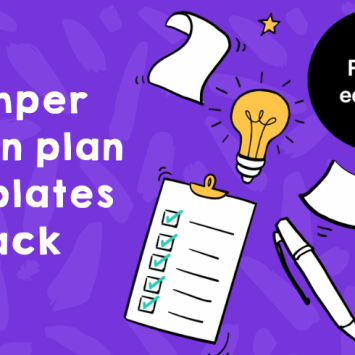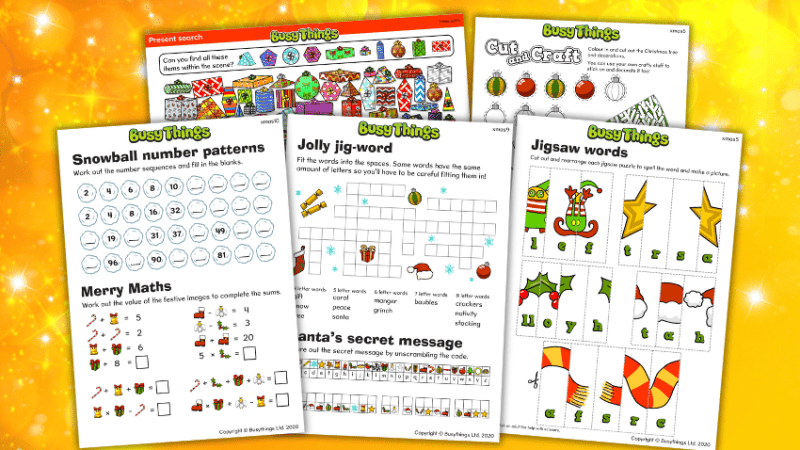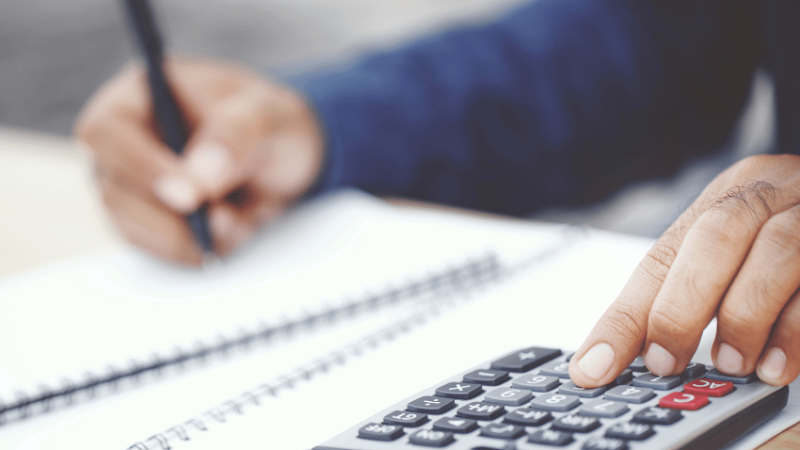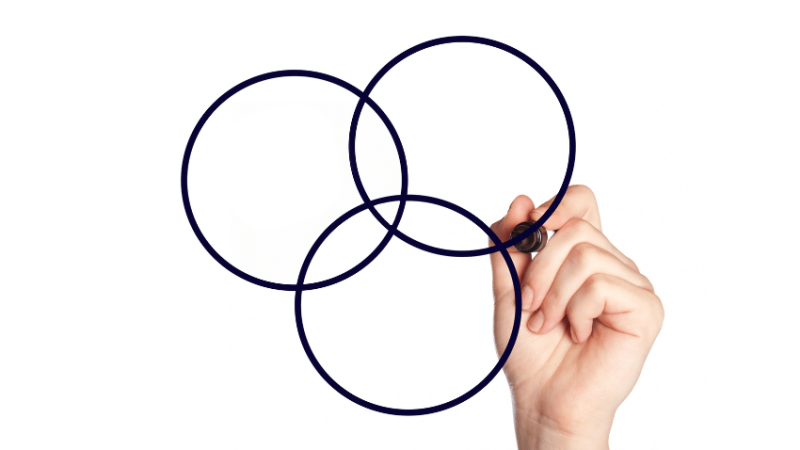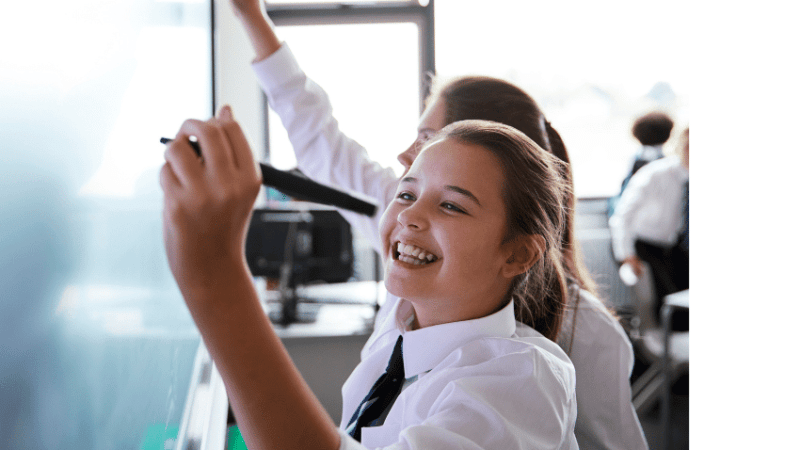Year 7 maths – How to improve foundational skills
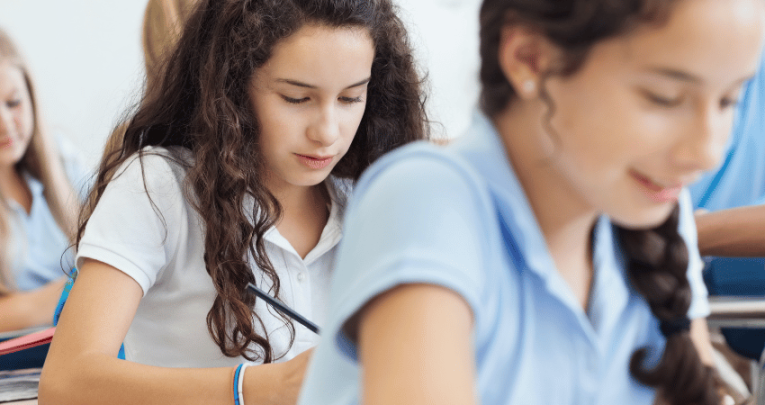
If your Y7s are struggling when presented with the secondary maths curriculum, it
may be a lack of foundational skills that’s letting them down, advises Paul Jenkins…

- by Paul Jenkins
- Head of secondary curriculum services at HFL Education Visit website
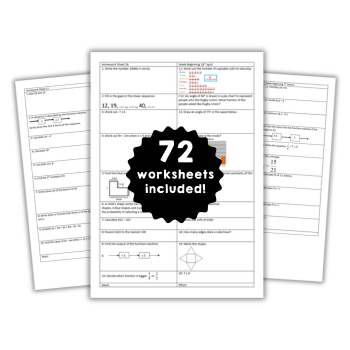
Your next Year 7 maths cohort may encounter more challenges than previous ones. This is because they missed a full year of the curriculum in Y1 and Y2, due to the COVID lockdowns.
This is a critical period, when foundational concepts are taught and consolidated. So what can we expect, and what can we do about it?
Importance of number fluency in Year 7 maths
Ofsted has identified foundational skills as being key to success in secondary. Without these in place, teachers are essentially building on sand when it comes to teaching more difficult concepts.
The priority for Year 7 maths teachers thus becomes helping students who lack basic processes and understandings that should have been secured by the end of primary to catch up.
Just as schools have become more cognisant of how teaching reading fluency can improve reading comprehension, there’s growing support in the maths community for teaching fluency in basic arithmetic. This is in order to provide the foundation for more complex mathematics later on.
Many Year 7 maths teachers will be familiar with the sight of students in their class using their fingers to add or subtract. Others may use the longhand method of adding double digits together on paper, as it’s safe and reliable.
However, neither of these calculation methods are particularly efficient, quick or fluent. This lack of fluency impacts what comes next.
A dysfluent student will put a disproportionate amount of time and thought into the underlying arithmetic, before reaching more complex operations.
The outcome is that these students will have had insufficient practice at more advanced calculations. It’s not because they aren’t capable of doing them, but because the time they’ve wasted on low-level work has resulted in them failing to consolidate new learning effectively.
Lessons from primary
Breaking this cycle is challenging. Lower-performing Year 7 maths students will typically have low confidence in their mathematical skills already.
This means that a negative symbiotic relationship will encourage them to play it safe when learning their basic maths techniques.
This is the great challenge of developing maths fluency. Because without fluency, the subsequent load on a student’s working memory will erode their ability to hold on to the new maths skills they’re learning.
This in turn risks having a corrosive effect on all new knowledge they acquire, however well it’s taught. Teachers could teach them the same topic year after year, with the student still never quite getting to grips with it.
To get past this, secondary teachers should lean into the expertise of primary maths practitioners and build up the bravery to go ‘back to basics’. Teach techniques that supplement the lengthy, frequently labour-intensive approaches that struggling students will typically fall back on.
When secondary teachers identify that a Year 7 maths student’s fundamental skills are lacking, what they’ll often do is perform work on their times tables. This is in an effort to ensure that at least those are definitely secure.
Yet whilst this is the right starting point for some, there’s perhaps an earlier intervention point which may well need to be addressed before that effective foundational learning can actually be delivered.
Working at speed in Year 7 maths
In the process of learning maths, a firm grasp of number is the absolute starting point. Almost all students will arrive at secondary understanding how to count and the relative size of numbers.
The next phase of learning should involve additive and subtractive work. For many struggling learners, this is when their overreliance on specific methods and gradual slowdown will start to take root.
They can do some of what’s needed, but not with fluency. This is where the most effective interventions will begin. Fluency is, after all, about speed.
As such, students will need opportunities for working at speed. This is so that they can build up the pace of their calculations, and better appreciate the value of successfully identifying time-efficient study methods. This is what lies at the heart of becoming a fluent mathematician.
Most adults will have developed various maths strategies that they use each day – be it consciously or unconsciously – to perform mental calculations.
Whether it’s counting on, substitutions or adding 0, they’re the patterns and simple techniques everyone uses to make numbers that little bit easier to juggle in our heads.
For true fluency to become embedded, students will need to master a range of such techniques. This is alongside the ability to match the best techniques to the numbers they’re presented with. This is what’s core to making learners more fluent and flexible mathematicians.
Case study: Watford Grammar School for Girls
In their endeavour to ensure every single student achieves at least a grade 4 in GCSE maths, Watford Grammar School for Girls adopted HFL Education’s ‘Making Fluent and Flexible Calculators’ programme.
This was to address number fluency issues among their low-attaining students. According to Sue Harris, the school’s head of maths, “Since the changes to the maths curriculum were introduced, we’ve definitely seen students struggling more.
“We used to have a two-tier system, with students working towards either the higher or foundation GCSE maths papers. However, we now have a three-tier system. This is because some students don’t have the necessary skills or understanding to access the GCSE curriculum at all.”
Maths teacher Emma Clay adds, “COVID has definitely contributed to a decline in maths skills and knowledge for some students starting Y7.
“Studying primary maths on and off for two years, as it was for many children during the lockdowns, isn’t enough to lay strong foundations.
“Maths relies on daily practice, and being able to shore up skills before moving on. That maths maturity and depth of knowledge is now missing in some of our students because of this.”
Rolling out the programme
The Making Fluent and Flexible Calculators programme was rolled out over a term to two bottom-set maths classes. This meant initially targeting 16 of the school’s weakest Y7 students who had unsuccessfully tried other interventions before.
As Emma explains, “We don’t have data to quantify the improvements made, but as teachers who know our students and their abilities well, it was very clear to see that they have definitely become better at calculations.
“We can see they’re using strategies more often to solve numerical problems, which they weren’t before. Some of our students that struggle the most still count on their fingers. With this programme we’re providing them with the skills to mentally complete calculations faster.
“They’re also understanding how and why those calculations work, so that they can apply those same strategies to more complex problems.
“I’ve learned a lot about the teaching in primaries, which has enabled me to better support students transitioning into Y7.”
Paul Jenkins is head of secondary curriculum services at HFL Education. The Making Fluent and Flexible Calculators programme is currently being trialled by the Educational Endowment Foundation in 120 state secondary schools. Find out more information and details of how to join the trials.



